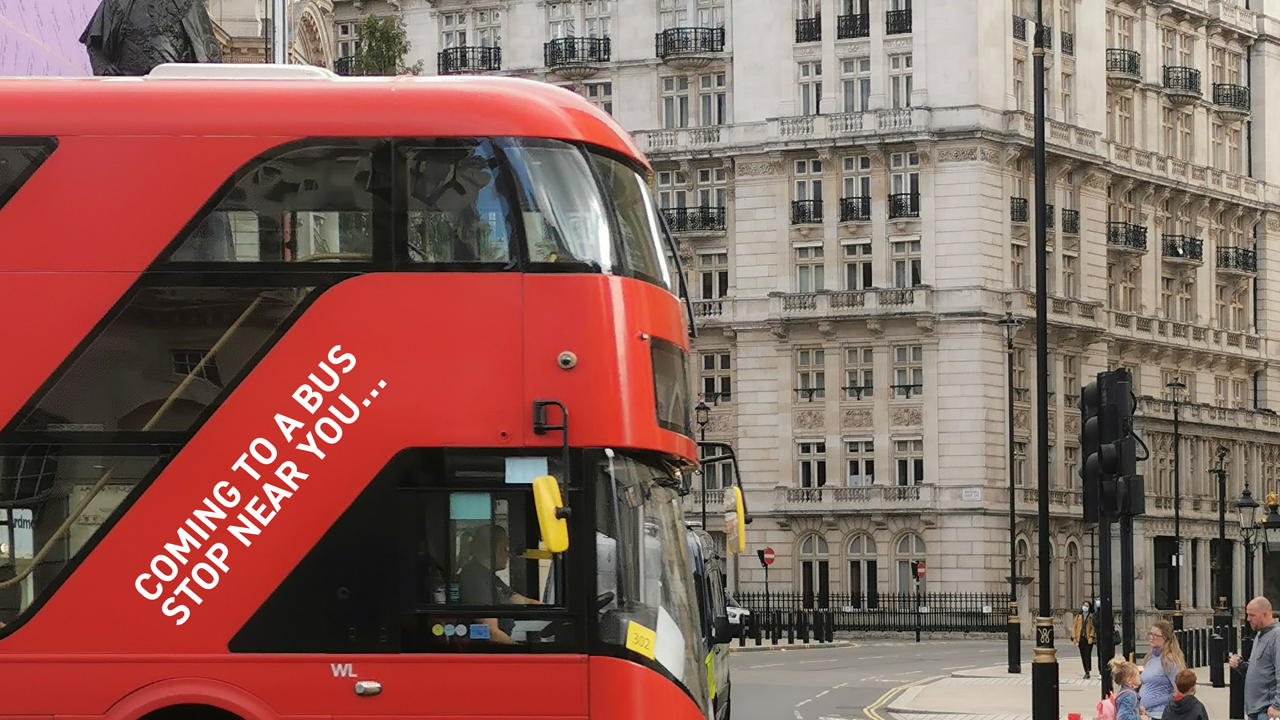There’s a quiet revolution taking place, which you might not be aware of, and it’s primarily focused on the good old bus.
Smart cities – the concept of integrating information and communication technology to improve travel, reduce crime, and help the environment – are more commonly associated with places like Singapore or Dubai, but they are also being developed in towns and cities across the UK.
Cities in the Middle and Far East have led the way on smart cities because they have the resources to commit, are developing new infrastructure which can incorporate it, or simply have the ambition to drive this agenda forward. So, where does this leave the us?
Well, one way much of the technology is being introduced is via the humble bus stop.
Some local authorities – such as Plymouth and Oxford – are developing ‘mobility hubs’ which see bus terminals in and around their areas including a whole range of additional services, depending on their location and purpose. It is proposed that some of these hubs can contain anything from changing rooms for cyclists, charging points for electric car drivers, electric bike storage, shared scooter points, through to Wi-Fi connectivity, and USB charging points.
Whilst mobility hubs are the grand version of this new approach, bus shelters and, what BT are calling, ‘street hubs’ are providing a more simplistic, but nevertheless, crucial part in the development of smart cities. Whilst mobility hubs require large investment, a good degree of construction and planning, adapting bus shelters is so much easier and simple.
There are a number of players in the UK market now who are proposing to replace traditional bus shelters with smart city shelters which include such facilities as: wayfinding information; air pollution monitoring equipment; CCTV to reduce crime; free Wi-Fi with a range of up to 50 metres; pedestrian and vehicle movement monitoring; USB sockets; solar panels, and crucially digital advertising panels.
Councils have traditionally generated revenue from selling the concession for advertising space at bus shelters. That still applies, but with digital advertising panels the revenues can be greater, involve the installation of a whole new shelter, thus providing the opportunity to also install new equipment, and also cover its cost.
Some of this agenda is also being driven by one aspect of the Government’s transport strategy, called ‘Bus Back Better.’ With the strong endorsement of the Prime Minister, who is a genuine advocate of the bus, this strategy is really driving this mode of transport, which then feeds into smart city development.
So, what we’ll see across the UK over coming months and years is the conventional bus shelter gradually replaced with a state-of-the-art shelter which enable smart city technology to be incorporated into more traditional, often Victorian, infrastructure.
Who would have thought that the humble bus, sometimes termed the ‘loser cruiser,’ would be at the forefront of our technological revolution?
Simon Danczuk is a business consultant, Chair of Downtown in Business London, and a former Member of Parliament.









